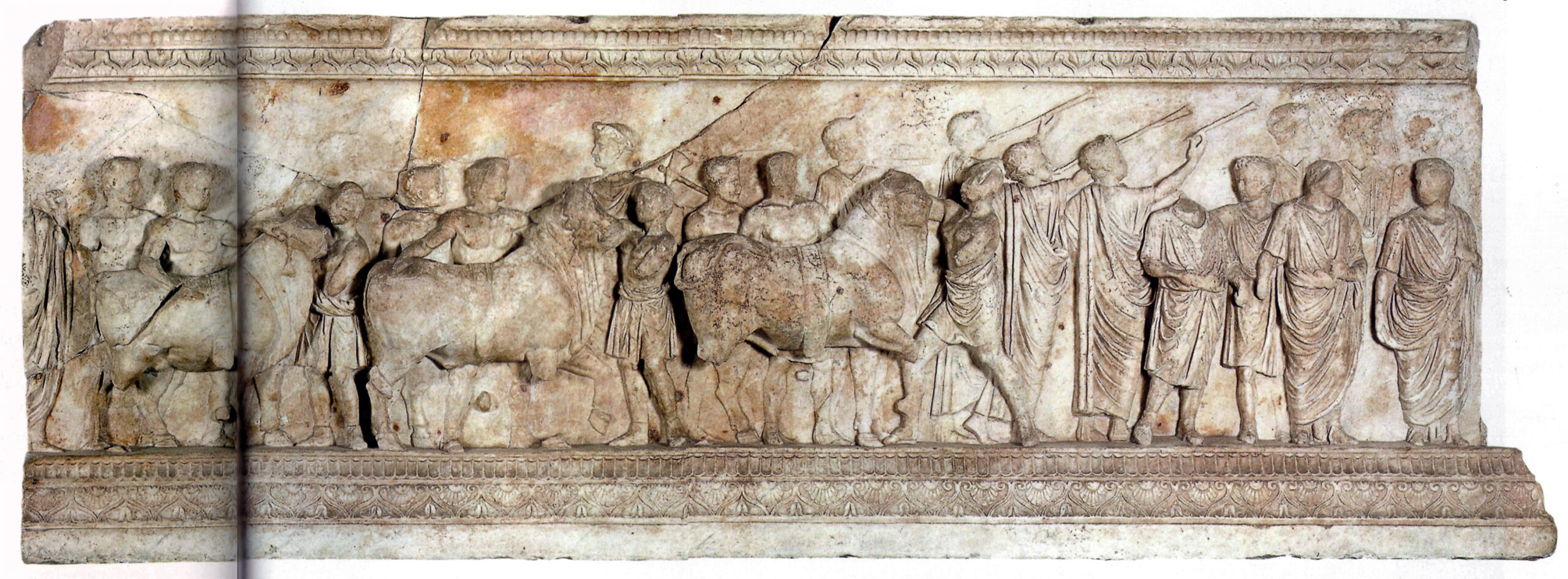| TITLE: |
| Hadrian’s pompe in Ephesos |
| DATE: |
| c. 117-138 AD |
| ACTUAL LOCATION: |
| British Museum, it was found upon the site of the Great Theatre of Ephesos |
| TEXT: |
| NEWTON, C T; HICKS, E L; HIRSCHFIELD, G.; MARSHALL, F. H. (ed.) (1874-1916): The collection of ancient Greek inscriptions in the British Museum, London, p. 221, n.600 (DC) |
| EDITIONS/TRANSLATIONS: |
| KEYWORDS: |
| Word used to mean procession: |
| Word used to mean the cult images: |
| Gods or other entities named: |
Dionysos, Zeus Panhellenios, and Hephaestos (l. 1-2, l. 46), cf. Newton et al. 1874-1916, p. 222: “it is obvious to conjecture in the names Dionysos and Zeus Panhellenios we have an allusion to that Emperor who is well known to have been worshipped under both these titles” |
| Description of the cult images: |
| Procession’s route: |
| Frequency with which the procession takes place: |
| Performers: |
| The priest of Dionysus (l. 1-5) |
| References to the public attending the procession: |
| There is a list at the end with the names of Dionysiac worshippers |
| Rites related to the procession: |
| Allusions to conduct or forms of reverence: |
| Other remarkable elements: |
| Newton et al. 1874-1916, p. 222: “We may interpret this as a record of a festival and procession in honour of Hadrian, worshipped as the ‘Young Dionysos’” |
| BIBLIOGRAPHY: |
| BÖMMER (1952), RE: s.v. Pompa. Herrscher, Vol. XXI.2, p. 1967, n.294 and 122 NEWTON, C T; HICKS, E L; HIRSCHFIELD, G.; MARSHALL, F. H. (eds.) (1874-1916): The collection of ancient Greek inscriptions in the British Museum, London, p. 221, n.600 (DC) |
